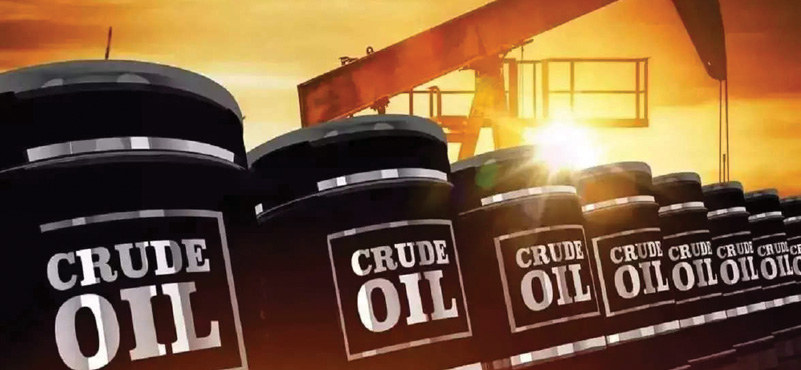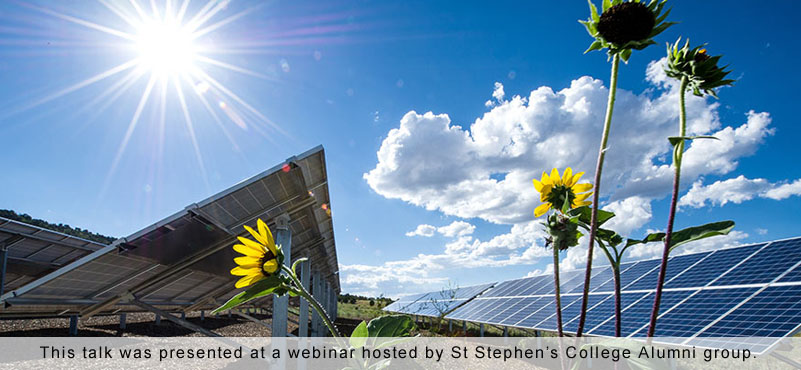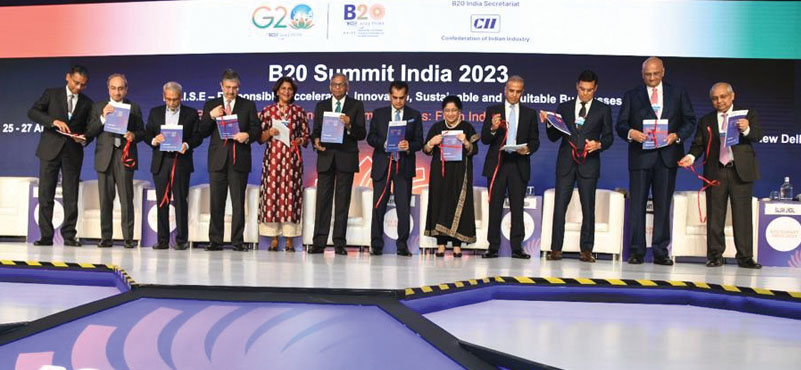Vikram Mehta recently delivered the 26th edition of Lalit Doshi Memorial Lecture. For reasons of space, we are highlighting only a portion of his presentation, in fact just two of them. The first is the current landscape and then his top ten recommendations, given the current geo-political situation and India’s given energy resources and requirements.
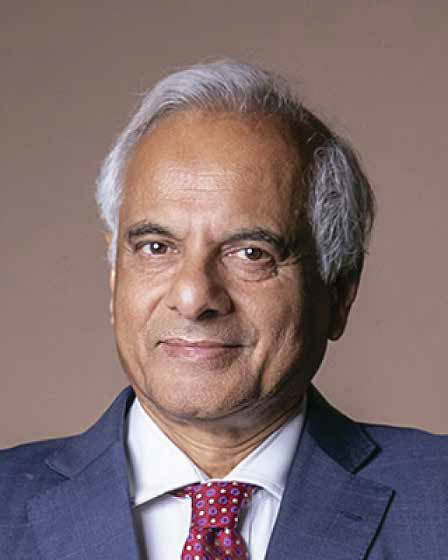 INDIA: ENERGY BACKDROP
INDIA: ENERGY BACKDROP
1. We are the world’s third largest consumer of energy. But on a per capita basis, our energy consumption is one-third of the global average and almost 1/10th that of US consumption.
2. The pace of growth of energy consumption has been amongst the fastest in the world because of our large population, rapid economic growth, and policy of subsidising consumption of LPG, diesel and kerosene. Poor demand management and inefficiency of usage have contributed to this pace of growth. 80% of our energy basket comprises of coal, oil and solid biomass.
3. We have the fifth largest deposits of coal in the world. Next to China, we are the second largest producer. Coal provides 55% of our commercial energy requirements. We do have oil and gas in 26 sedimentary basins. These are located in complex geology and harsh topography. In consequence, they are difficult to locate and even when located, difficult to produce on a commercial basis. Consequently, the gap between domestic consumption and domestic supply has widened. Today, we import around 4.2 mb/d of oil, which is around 83% of our domestic consumption.
4. Non-fossil electricity generation capacity is 150 GW out of a total of 388 GW (of which solar is approximately 60 GW; large hydro 45 GW; wind 40 GW; bio-power 11 GW; nuclear just under 7 GW; and small hydrogen. The target is to generate 500 GW by 2030, accounting for more than 50% of total electricity consumption.
5. Finally, energy transitions unfold over decades. Thomas Edison illuminated the lower half of the island of Manhattan in the mid 1880’s. It was not until the mid-1930’s that all of the factories in the US had converted from steam power to electric power. This was because these factories had not been designed to use Edison’s revolutionary new technology. Most factories had to be redesigned; some rebuilt. The hard reality is that the Indian economy is built on fossil fuels. The transition to a new non-fossil fuel energy system will require massive investment and it will take decades. Until then, India will remain dependent on coal, oil and gas. Against this international and domestic backdrop, let me provide my 10-point road map programme to meet the challenges of Energy Aatmanirbharta.
WHAT INDIA MUST DO: A 10 POINT PROGRAMME
1. We must overhaul the current siloed structures of energy decision-making. Today there are six ministries directly engaged with aspects of energy: the Ministries of Petroleum and Natural Gas; Coal; Power; New and Renewable Energy; Atomic Energy; and the government’s think tank– NITI Aayog. In addition, there are separate Ministries that are responsible for domains impacted by energy, such as water, food and environment, to mention just three. Each of these Ministries is headed by a minister and has a phalanx of bureaucrats. Each knows what needs 8 to be done for their particular domain and, by and large, they do their job well. No one, however, has oversight and accountability (other than the PM) over the totality of the energy system and the collective and systemic impact of the separate decisions taken by these different ministries. This institutional lacuna must be filled. To do that first, the ministerial siloes must be perforated and an institutional structure created that enables the formulation and implementation of energy policy within an integrated and holistic framework. Second, an omnibus ministry of energy established with Petroleum, Coal, Renewables and Power run as departments under this Ministry. And third, if indeed the second suggestion of creating an omnibus Ministry is infeasible because it would require a major administrative overhaul and /or cut into the interests of powerful vested interests, then to create a department of energy resources and security in the PMO. Such a department should have, inter alia, responsibility for formulating an integrated energy strategy; developing clear, transparent monitoring and evaluation systems to ensure financial, technical and human resources are optimally allocated and utilised; incubating new areas of research; creating an integrated energy data centre; and acting as the ombudsman of energy regulation.
2. The goal of Energy Aatmanirbharta must receive legislative sanction. Parliament should pass a bill. Call it the “Energy Responsibility and Security Act,” or simply, the “Energy Aatmanirbharta Act.” Energy is in the interstices of every aspect of the economy. It is critical to our future. Energy Aatmanirbharta should therefore be elevated to a national priority. Itsimplementation, through a redefined, restructured, integrated, administrative framework, should be backed by legislative sanction.

3. Oil and gas imports account for over 80% of our oil requirements. We need to alleviate the consequential supply chain vulnerability. Here are six suggestions specifically focused on oil and gas:
The revenue-sharing model for fresh exploration should be replaced with a profit-sharing model. Investors in oil and gas exploration are currently required to share a percentage of their revenues even before they have recovered their costs. This is a deterrent, as oil and gas exploration are a highly risky, capital-intensive activity. Potential investors want assurance that if they take the risk of exploration, the first call on the revenues that they generate from a commercial discovery can be allocated towards the recovery of this risk capital. While there is no guarantee that this change will trigger a flow of private capital, there is high probability that without such a change, there will be no substantive incremental interest in oil and gas exploration.
Several of our producing fields are aging with declining rates of oil and gas recovery. Mumbai High offshore field is a notable example. Its average rate of recovery is around 28%, or maybe even less now. That means for every 100 molecules in the reservoir, we are able to produce only around 28. I am told average global recovery rate for fields of comparable geology is around 40% plus. Enhanced oil recovery techniques exist–some off-the-shelf, others only through strategic partnerships. The government’s endeavour should be to find appropriate technology and partners to increase the recovery rate to at least the global average.
We currently hold around 10 days of strategic petroleum reserves. In addition, our oil marketing companies have a storage capacity equivalent to another 65 days of consumption. 9 Given the inherent volatility of the oil market, we should expand our strategic reserves to 30 days, so that at any one time we have around three months of supplies in storage somewhere in the country.
Gas is a relatively clean fuel. It is a versatile product, and there exists a diversity of supply sources outside of the Middle East. The USA, Russia and Australia are, for instance, important exporters. It is currently very expensive, but this is an aberration. We should prepare for a different price scenario and accelerate the creation of the requisite gas import facilities and pipeline grid to ratchet up the gas market share.
Saudi Arabia’s influence over the direction of the petroleum market will increase over time. It is the only country with significant surplus producible reserves of lowcost oil. We must therefore assiduously nurture our relations with such countries. Our diplomats must add the arrow of oil diplomacy to their quiver.
Attractive merger and acquisition opportunities will arise as international companies reorient their asset portfolio towards renewables and away from petroleum. China will be our main competitor for these opportunities. To beat them, we should place the weight of India Inc. behind our bids. The office of the PM should be the architect of such a bidding strategy.
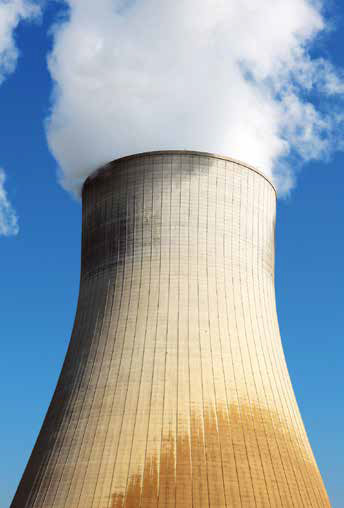
4. Coal presents a conundrum. It is the cheapest of fuels; 52% of our electricity is generated from coal; millions owe their livelihood to the coal economy; and powerful political and business interests have vested interests in the sector. But it is the dirtiest of fuels. It has to be phased out if we are to meet our net zero carbon emission commitments. If not, it will strengthen the currently unhealthy linkage between economic growth, energy demand, and environmental degradation. There is no simple answer to cracking this conundrum. But the following incremental steps should be considered:
- Intensify R&D in green technologies like coal gasification and carbon capture and storage (CCS)
- Upgrade/close down old thermal plants and those running on subcritical and inefficient turbines
- Decide against approving new thermal plants
- Introduce carbon taxes to reflect the externalities of carbon emissions
- Establish systems for measuring and monitoring the carbon emissions of industries
5. The generation of electricity from renewables has increased impressively. The Government has announced that 50% of India’s electricity requirements will be met by renewables by 2030. To meet this target, three conditions will have to be fulfilled.
The transmission will have to be upgraded to absorb electrons on an intermittent basis — the sun does not shine at night; the wind does not blow all the time — and the battery storage capacity will have to be increased. This will require massive investment by predominantly the Government.
Two, the planning and procurement of renewables will have to be integrated into the mainstream of power system planning and procurement. In parallel, the balance sheets of the state distribution companies (Discoms) will have to be sorted out. Else, there will be no sanctity to the Power Purchase agreements signed between them and the renewable companies.
And three, as energy is a concurrent subject, the Central and State governments will have to conjointly 10 remove the blockers related to land acquisition, regulatory and contract uncertainty, and red tape.
6. Demand management and conservation has been a neglected part of the energy equation. It is however arguably the most effective and inexpensive means of reducing energy dependence. Europe has managed to ride out the current crisis of energy shortage and high prices in large measure by the simple act of turning down the thermostat. A lot can be said on this subject. It should be the basis for a separate lecture. Here let me list a few steps to give you a sense of the scale and potential:
- Reduce the consumption of diesel in agriculture
- Redesign existing buildings and factories
- Standardise building regulations and emission norms for industry
- Expand public transport system and
- Ensure all new construction is green
7. The supply chain of the minerals, metals and chips critical for the green transition are concentrated in a few countries, and in particular China. This presents a major vulnerability for India. There is no straightforward means by which this vulnerability can be tackled in the short term, but a beginning has to be made. For a start, India must remove the current obstacles to the private sector mining of cobalt, nickel, copper, and heavy rare earth metals. The studies done by our scholars at CSEP have confirmed that India has substantive reserves of these minerals and metals, but it has done little to expedite its mining and processing. This must change and the ecosystem and incentive structure should be directed towards attracting private investment into this sector. This said there is no getting away from the fact that the lead time from exploration to mining and processing facilities can be as long as 15 years. So, during this interim period (and longer), we have to find ways of securing and safeguarding the supplies of essential minerals and metals. That means diversification of supplies away from China. The burden of finding alternative supply channels will rest with our technocrats and diplomats. The latter should also add the arrow of mining and mineral diplomacy to their quiver.
8. Clean energy will require a very different human resource skill set than what we have at present. There will be less need, for instance, for maintenance workers on oil rigs than for technicians on solar farms. We must anticipate this HR gap, and the training and skilling facilities required to bridge it.
9. Technology is critical. Green hydrogen, modular nuclear reactors, 3rd generation bio, Carbon Capture and Sequestration (CCS) and battery storage; these are the disruptive and frontier technologies that we will have to access. Technology by itself is not however sufficient. We must also ensure that technologies are efficiently utilised. That will require the establishment of an appropriate and enabling ecosystem. The clean energy fund of the government should in particular be managed by people with domain expertise.
10. Finally, and this suggestion lacks the specificity of the nine that I have just outlined. But it is possibly the most important. And in my view an appropriate conclusion to this talk. The need for Political statesmanship, that is, leaders that a decade or so on can look back on decisions that they took today and remark with satisfaction that this was the right thing to have done. There is no simple, straight path from where we are today to the goal of Energy Aatmanirbharta. The path is a labyrinth. It will twist and turn. There will be obstacles. Some will be familiar, others unexpected. None will be insuperable; all can be overcome. But only if our leaders keep the longer-term goals in sight; only if they hold fast to principles; only if they are determined and persistent. “To govern is to choose.” Our leaders have many choices. How they choose will determine our energy fate.
ABOUT THE AUTHOR
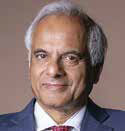 Vikram Mehta is formerly head of Shell India, a noted authority on energy issues, and an alumni of St Stephen’s College, serves as an independent director on the board of several leading corporates. He is currently Chairman and Distinguished Fellow at the Centre for Social and Economic Progress (CSEP).
Vikram Mehta is formerly head of Shell India, a noted authority on energy issues, and an alumni of St Stephen’s College, serves as an independent director on the board of several leading corporates. He is currently Chairman and Distinguished Fellow at the Centre for Social and Economic Progress (CSEP).

